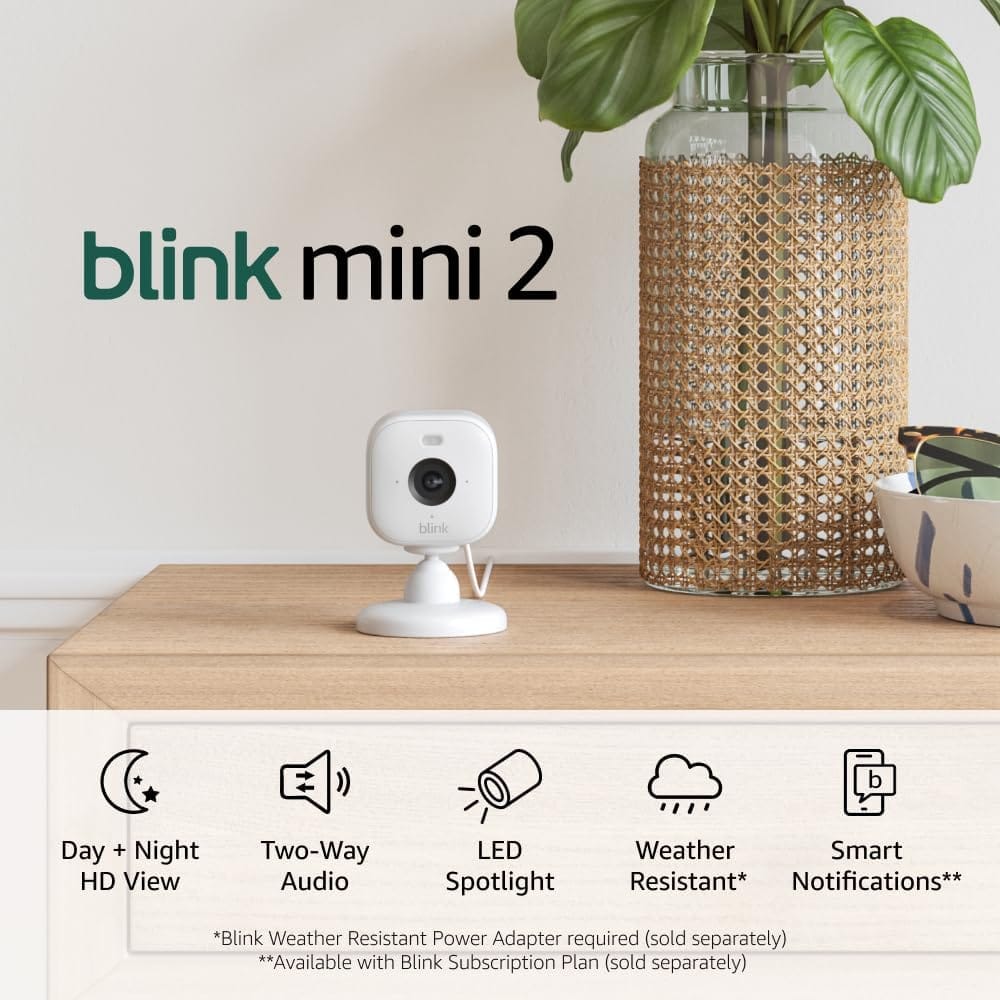Introduction
The food delivery industry has come a long way since its inception. It has evolved into a billion-dollar market with an estimated worth of around $1 trillion in 2023. Major players like DoorDash, Grubhub, and Uber Eats are leading the way, competing vigorously for consumer attention.
This remarkable growth can be attributed to several factors:
- Increased smartphone usage
- Expansion of internet access
- Technological advancements, including user-friendly apps
You might be curious about how such a rapid transformation happened. In this article, we will explore the key factors that contributed to the rise of food delivery services. We will also discuss the challenges these platforms face in becoming and staying profitable. By understanding these dynamics, we can gain valuable insights into this thriving industry.
The Evolution of Food Delivery Services
Food delivery has been around since ancient times when vendors would bring food to people’s homes. Over the years, the industry has evolved significantly, adapting to changing needs and technological advancements. Here’s a closer look at how food delivery services have evolved:
Traditional Models of Food Delivery
In the past, food delivery relied on traditional methods such as:
- Takeout services: Customers would place orders over the phone and pick up their meals from local diners or restaurants.
- Delivery boys: Bicycles or scooters were used by delivery personnel to transport meals to customers, especially in busy urban areas.
Key Milestones in the Industry
As cities grew and more people sought convenient meal options, several key developments shaped the food delivery industry:
- 1980s – Pizza Delivery Boom: Chains like Domino’s became pioneers in quick pizza delivery, setting new standards for speed and efficiency.
- 1990s – Online Ordering Emergence: With the rise of the internet, restaurants began offering online ordering services, making it easier for customers to place orders from home.
- 2000s – Mobile Apps Revolution: The introduction of smartphones brought about dedicated food delivery apps like Grubhub and Uber Eats, providing user-friendly platforms for ordering meals on-the-go.
These changes have transformed food delivery from a specialized service into something that many people now consider essential. As competition increases and consumer expectations rise, the industry continues to evolve with the introduction of new technologies that are reshaping our understanding of how we access and enjoy food.
The Impact of COVID-19 on Food Delivery Growth
The COVID-19 pandemic brought about a significant change in consumer behavior, leading to a substantial increase in the demand for food delivery services. With lockdowns and social distancing measures in place, going out to eat became less practical. Consumers looked for other ways to satisfy their cravings while still following health guidelines.
Key reasons behind this increase include:
- Convenience: With people stuck at home, it became extremely important to have the option of ordering food online easily.
- Safety: Many consumers preferred contactless delivery options as a precaution against the virus.
- Diverse Offerings: Restaurants adapted quickly, expanding menus for delivery tailored to home dining experiences.
Statistics illustrate this unprecedented growth:
- The U.S. food delivery market doubled in size during the pandemic years.
- By 2023, the global online food delivery market reached an estimated value of $1 trillion, with projections to grow further.
This rapid growth not only shows changing consumer preferences but also emphasizes how crucial food delivery services became during a difficult time. As people increasingly embraced technology and convenience, these platforms established themselves as essential parts of modern life.
Technological Advancements Driving the Industry Forward
The food delivery industry has experienced remarkable growth, largely fueled by technology in food delivery. Key factors include:
1. Smartphones and Internet Penetration
Widespread smartphone adoption and increased internet access have opened up new avenues for consumers to order food effortlessly. Apps like DoorDash and Uber Eats allow users to browse menus, place orders, and track deliveries with just a few taps.
2. Cloud Kitchens
The introduction of cloud kitchens, or ghost kitchens, has redefined the operational landscape. These establishments focus solely on delivery without the overhead costs associated with traditional restaurants. By streamlining operations, cloud kitchens cater to consumer demands for variety and convenience while maintaining competitive pricing.
3. User-Friendly Mobile Apps
The evolution of mobile apps has significantly enhanced the overall customer experience. Intuitive designs, personalized recommendations, and seamless payment options ensure that ordering food is not only quick but also enjoyable. Features such as real-time tracking and customer support further elevate user satisfaction.
Through these advancements, the industry has reached its peak since the early days of food delivery. Continuous innovations keep pushing boundaries, ensuring a dynamic market that meets evolving consumer expectations.
Challenges Faced by Delivery Platforms in Achieving Profitability
The rapid growth of food delivery services has not come without challenges. Key players like DoorDash, Grubhub, and Uber Eats face significant hurdles in achieving delivery platform profitability.
1. High Operational Costs
Delivery platforms incur substantial expenses related to driver compensation, technology maintenance, and logistics management. These costs can erode profit margins, making it difficult for platforms to sustain operations while offering competitive pricing.
2. Commission Rates
The commission rates imposed on restaurants often range from 15% to 30%, impacting both parties. While these rates provide revenue for delivery platforms, they can strain restaurant profits, leading to increased menu prices for consumers. Restaurants may struggle to balance maintaining quality service with the financial demands of using delivery services. This tension affects the partnership dynamics between restaurants and delivery platforms.
Understanding these challenges is crucial as they shape future strategies for profitability within the food delivery industry. Addressing operational costs and reevaluating commission structures will play a vital role in ensuring long-term viability amidst fierce competition and evolving consumer expectations.
The Rise of Dark Kitchens: A Game Changer in the Food Delivery Landscape
Dark kitchens, also known as ghost kitchens, have transformed the food delivery industry. These establishments operate solely for delivery purposes, eliminating the need for a physical storefront. Here are some key features that set dark kitchens apart:
- Lower Overhead Costs: Without the expenses associated with maintaining a dine-in space, dark kitchens can significantly reduce their operational costs.
- Focused Menu Offerings: Many dark kitchens specialize in specific cuisines or dishes, allowing them to cater directly to delivery orders.
Unlike traditional restaurants that incur high overhead costs from rent and staffing, dark kitchens benefit from streamlined operations. This model enables competitive pricing strategies that appeal to cost-conscious consumers.
As a result, dark kitchens are becoming increasingly popular among entrepreneurs looking to enter the food delivery market, further shifting consumer expectations and preferences. Their rise presents both opportunities and challenges for established restaurants navigating this evolving landscape.
Future Trends Shaping the Food Delivery Industry
The future of food delivery promises transformative changes driven by innovation and regulatory adjustments. Key trends include:
1. Logistics Innovation
Advanced technologies such as AI and machine learning will optimize delivery routes, enhancing speed and efficiency. Automated systems may manage order processing, reducing human error and delivery times.
2. Evolving Consumer Demands
Customers increasingly expect not just speed but also quality in their meal deliveries. Companies will focus on improving food packaging and maintaining temperature control during transit, ensuring the meal arrives as intended.
3. Regulatory Impacts
As the industry matures, anticipated regulations concerning driver compensation will reshape service structures. Adjustments to commission rates may occur, influencing how platforms operate and interact with restaurant partners.
Food delivery is at its peak since the early days, setting the stage for a competitive landscape that continuously adapts to meet expectations while navigating new challenges.
Conclusion: The Future of Food Delivery Services
The food delivery industry is at an exciting point, influenced by a mix of trends and challenges. The future will be shaped by:
- Sustainability: As consumers become more environmentally conscious, delivery services must prioritize sustainable practices to stay relevant.
- Adaptation: Being flexible in service offerings is crucial to meet changing consumer demands and preferences.
With food delivery reaching its peak since the beginning, the industry’s ability to overcome operational challenges while embracing innovation will determine its resilience. The road ahead holds the promise of ongoing growth and transformation in this billion-dollar industry.
FAQs (Frequently Asked Questions)
What factors have contributed to the rapid growth of the food delivery industry?
The food delivery industry has seen unprecedented growth due to several factors, including increased consumer demand for convenience, advancements in technology such as mobile apps and cloud kitchens, and significant changes in consumer behavior during the COVID-19 pandemic.
How did the COVID-19 pandemic impact food delivery services?
The COVID-19 pandemic dramatically accelerated the growth of food delivery services as consumers shifted towards online ordering for safety and convenience. This shift resulted in a surge in demand, with statistics showing a remarkable increase in market value during this period.
What are dark kitchens and how do they differ from traditional restaurants?
Dark kitchens, also known as ghost kitchens, operate solely for delivery purposes without physical storefronts. They typically have lower overhead costs compared to traditional restaurants, allowing for more competitive pricing and flexibility in menu offerings.
What challenges do food delivery platforms face in achieving profitability?
Food delivery platforms like DoorDash, Grubhub, and Uber Eats face several challenges related to high operational costs and commission rates imposed on restaurants. These factors significantly affect their ability to maintain profitability while providing competitive services.
How is technology driving innovation in the food delivery industry?
Technological advancements play a crucial role in the evolution of food delivery services. Innovations such as user-friendly mobile apps, improved logistics systems, and the introduction of cloud kitchens enhance customer experience and expand access to diverse food options.
What future trends can we expect in the food delivery sector?
The future of food delivery is likely to be shaped by continued innovations in logistics and service offerings aimed at meeting consumer demands for speed and quality. Additionally, anticipated regulatory impacts on driver compensation and service structures will influence how companies operate as the industry matures.









